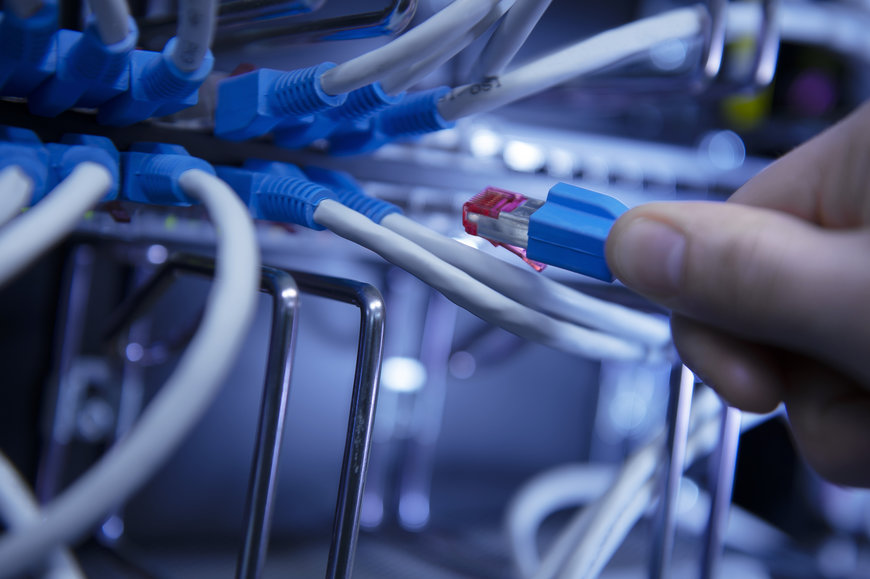railway-international.com
31
'19
Written on Modified on
Germany’s First Digital Signal Box for Long-Distance Services Begins Operations
Deutsche Bahn is making progress in its digital efforts. Soon 280 digital signal boxes – interlockings – will control train traffic in Germany.

Digital signal boxes are the latest generation of signal boxes. Signal orders are transmitted digitally via powerful fibre-glass cables to tracks, points and signals. Today’s infrastructure, with more than 2,600 conventional signal boxes, 67,000 points and 160,000 signals, requires 400,000 kilometres of copper cables. Digital signal boxes create modern and attractive jobs.
Deutsche Bahn operates 668 mechanical signal boxes, 298 electro-mechanical signal boxes, 1,234 relay signal boxes and 375 electronic signal boxes. 61 further signal boxes fall into the category ‘other’, for example those in shunting yards.
Ronald Pofalla, DB's Head of Infrastructure, said:
“The railway can only contribute to the mobility transition and to the protection of our climate in Germany if it becomes a higher performing railway. Digitalisation will be a crucial contributor to this. Digital signal boxes, coupled with Europe-wide standardised ETCS, will intelligently link all data from infrastructure and vehicles. As a result they make it possible for all businesses to completely re-organise train operations. Rail will gain significantly in capacity, it will become more reliable and technically more standardised.”
Deutsche Bahn’s Digital Signal Boxes So Far
Up until now Deutsche Bahn has been testing the individual components of the digital technology in various locations together with industry. For example, since 2018 the points and signals on a regional route in Annaberg-Bucholz, Saxony, have been digitally controlled. The next locations for digital signal boxes will be Meitlingen-Mertingen in Bavaria, Harz-Weser network in Lower Saxony, and along the route between Koblenz and Trier in Rhineland-Palatinate. This is Deutsche Bahn’s preparation for the industrial roll-out of the new technology. These three digital signal boxes will become operational by 2023.
www.railway-news.com

